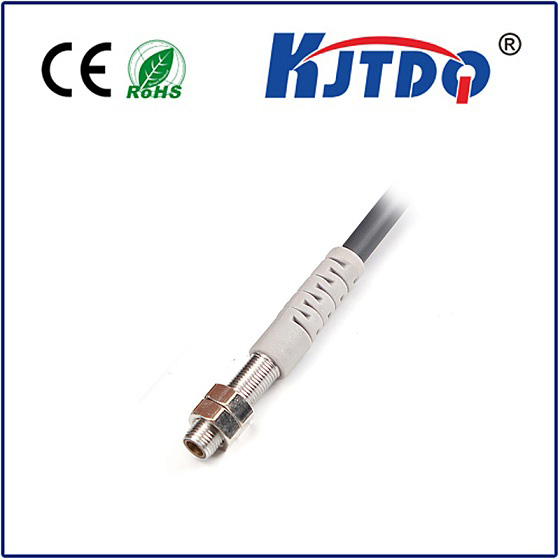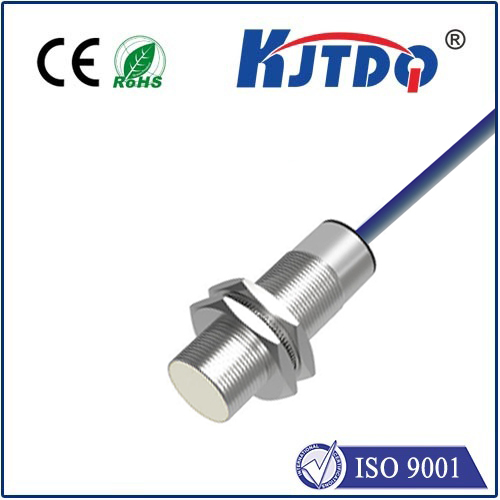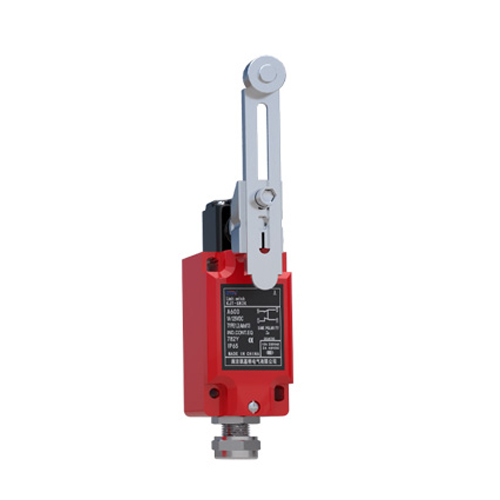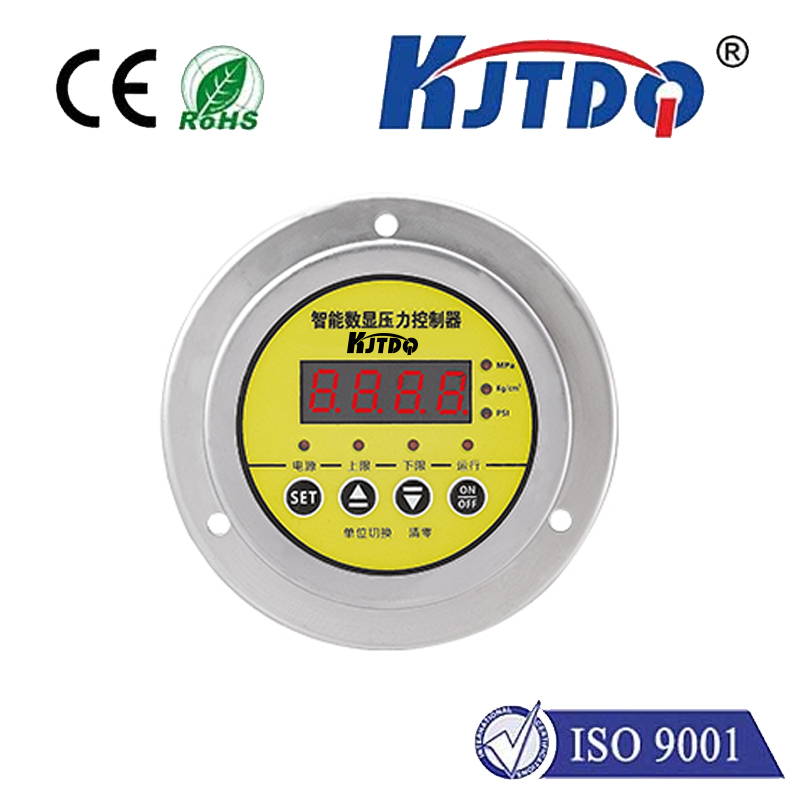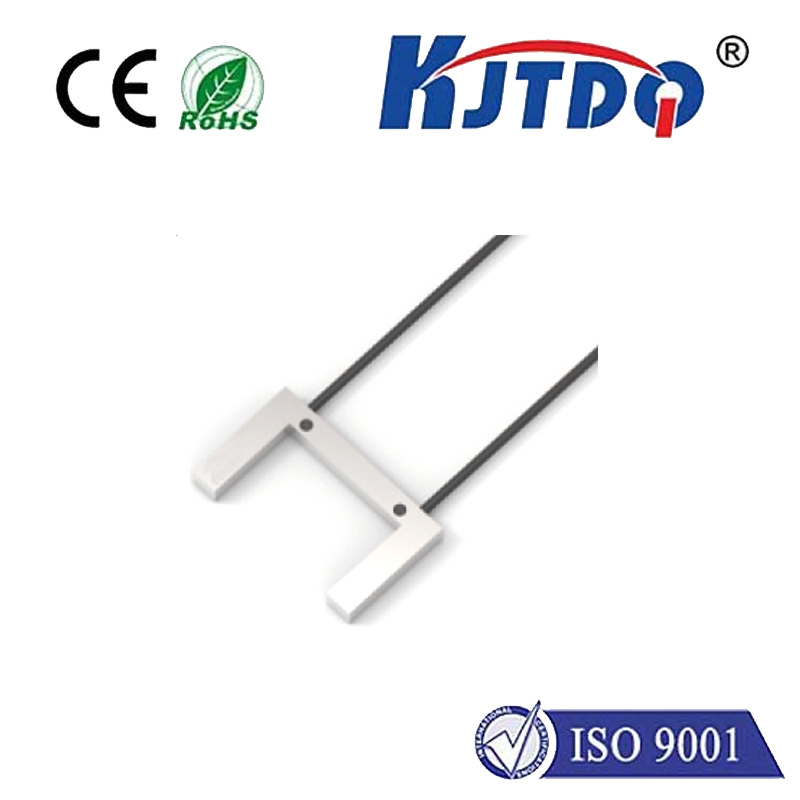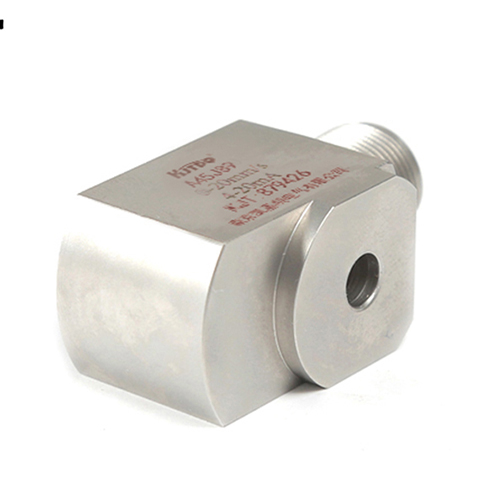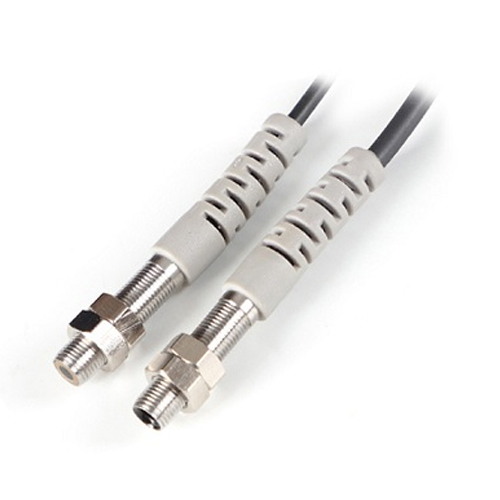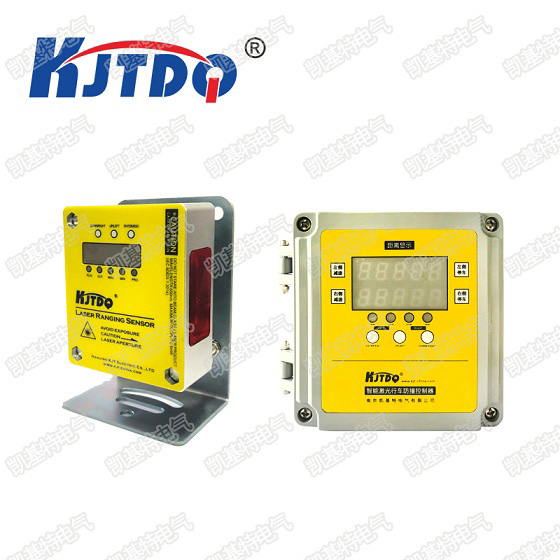

check

check

check

check

check

check

check

check

check

check
The Importance of Water Level Limit Switches in Industrial Applications
Water level limit switches are essential components in various industrial applications, including water treatment plants, wastewater management systems, and chemical processing facilities. These devices play a crucial role in ensuring the proper functioning of these systems by monitoring and controlling the water levels within them. In this article, we will discuss the importance of water level limit switches and how they contribute to the overall efficiency and safety of industrial processes.

Firstly, water level limit switches help maintain the optimal water level in tanks and reservoirs. By detecting when the water level reaches a certain point, these switches can activate or deactivate pumps, valves, and other equipment to either add or remove water as needed. This ensures that the water level remains within a safe and efficient range, preventing overflows or low levels that could lead to equipment damage or process interruptions.
Secondly, water level limit switches provide an important safety feature in industrial processes. They can be used to trigger alarms or shut down systems if the water level rises too high or drops too low. This helps prevent accidents such as overflows that could cause flooding or contamination of nearby areas. Additionally, by automatically shutting down systems when necessary, water level limit switches can help prevent costly equipment repairs or replacements due to damage caused by improper water levels.
Thirdly, water level limit switches contribute to energy efficiency in industrial processes. By maintaining optimal water levels, these devices help reduce the amount of energy required to operate pumps and other equipment. This not only saves money on energy costs but also reduces the environmental impact of these processes by lowering their carbon footprint.
Fourthly, water level limit switches play a vital role in maintaining product quality and consistency in industrial processes. For example, in chemical processing facilities, maintaining consistent water levels is essential for producing high-quality products. By monitoring and controlling the water levels throughout the process, water level limit switches help ensure that each batch of chemicals is produced under identical conditions, resulting in consistent product quality.
In conclusion, water level limit switches are essential components in many industrial applications. They help maintain optimal water levels, provide important safety features, contribute to energy efficiency, and maintain product quality and consistency. As technology continues to advance, it is likely that water level limit switches will become even more integral to industrial processes, helping to improve their efficiency, safety, and sustainability.
